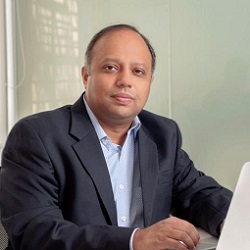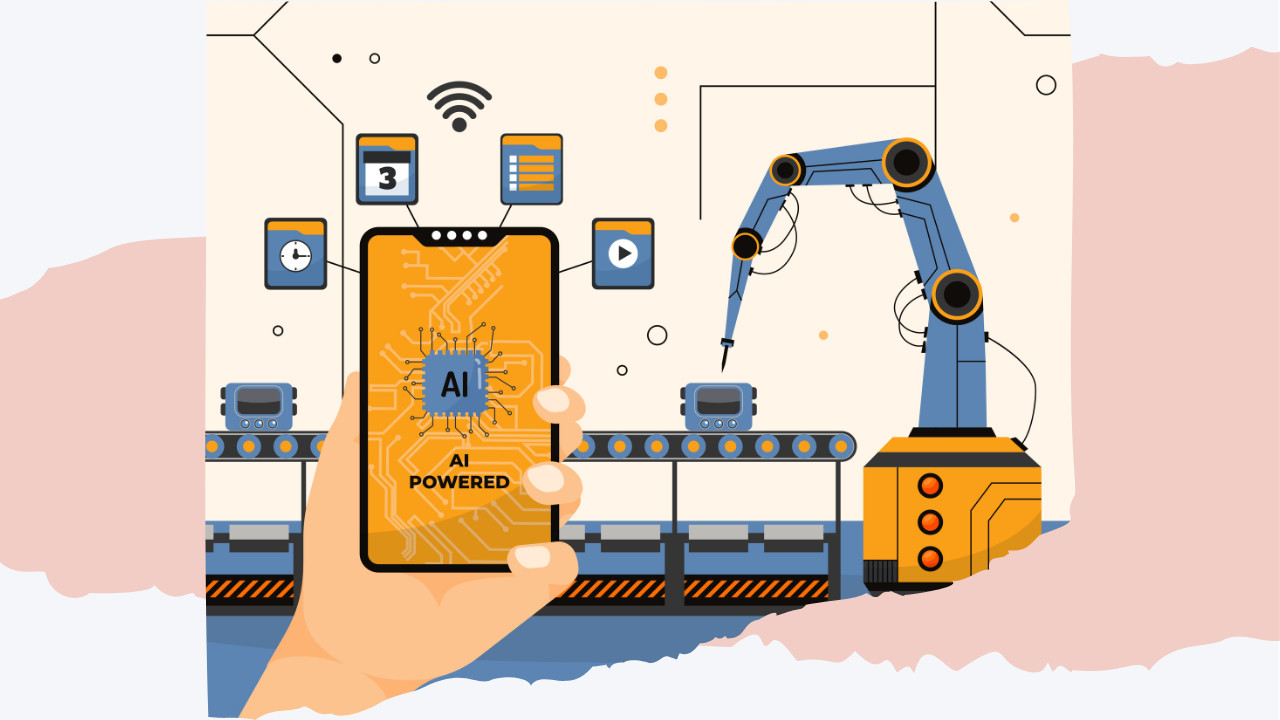Top Three Leading Industrial IoT Factors That Are Spurring Measurable Value In 2018
With a compound annual growth rate of around 28% for the next seven years, every year will be a big one for Industrial IoT. Inevitably as more companies adopt IIoT, the technology will evolve and mature.
Evolution is built into the idea if Industrial IoT. Devices themselves are expected to be able to add functionality via software updates. In this dynamic environment, we can expect to see hyper growth and fast-paced evolution in IIoT. Though there are numerous factors driving the technology, there are three big factors that will spur measurable value in 2018. Here’s a close look at those factors and what they mean for businesses embracing IIoT:
- The rise of the super intelligent edge
A lot of technology work has occurred by building hybrid IT infrastructures replete with an intelligent edge that can process machine learning models in real time. In a standard execution, a cloud-based ML model is deployed at the edge to provide real-time intelligence and predictions. This trend will only continue; IDC estimates that by 2019 some 45% of IoT-created data will be stored, processed, analyzed and acted upon close to or at the edge of the network. In 2018, the major change will be that enterprises will deploy more operational technology depth to make the edge infrastructure “super” intelligent. That means allowing for platform-like programmability for custom applications at the edge and extending the App Store concept to deploy pieces of software that straddle the edge and the cloud infrastructure. It also means strengthening the analytics infrastructure of fog computing to assist ML engines in the cloud in selective collection of data sets. Altizon recently employed this approach in India with Prayas, an NGO focused on monitoring and improving the quality of electric power. In that market, IoT sensors gathered data about the quality of voltage in real time and used that data to improve service for citizens.
- Birth of the data commons for Industrial IoT
Google Analytics revolutionized benchmarking of the web and web development. Now enterprises are on a path to employ shared machine data at scale for driving a new paradigm on equipment performance benchmarking. This collaboration may also spur new business models around creative use of capacities across a supply chain. Industrial machine data is being shared to drive additional insights globally. Germany launched the Industry Data Space initiative around making it easy for business ecosystems to share data with each other. The Industry 4.0 initiative in Germany is building on this model for creating a data commons and even a data marketplace for German industry to benefit from. In 2018, we’ll see these initiatives gather momentum as enterprise wide deployments of IIoT. Erstwhile competitors will join forces to ensure for best practices in IIoT adoption.
- Industrial IoT value as a service plays
A key trend in the wider, more mature SaaS world is that product companies are taking responsibility for the outcomes that their customers seek from using their products. Though IIoT is a younger industry than SaaS, we are already seeing IIoT platform vendors closely aligning themselves to the IIoT outcomes anticipated by enterprises. Taking the additional responsibility for some of these outcomes will be the logical next step for solution providers. IIoT platform vendors are already integrating specialized portals and applications that go deeper into the requirement of certain verticals to help solution providers standardize their offerings.
These three trends are disparate. Only one speaks to changes in the technology. The other two are about the maturation of Industrial IoT as an industry. Perhaps this is because constant change on the technical level is a given. Cooperation among industry players and a more responsible approach to overseeing the technology’s adoption isn’t a given though. That’s why this is a hopeful vision, but one that has thankfully been embraced by top players in the market.
 This article was written by Vinay Nathan, the Cofounder & CEO at Altizon Systems, the Industrial IoT Company. He is a strategic thought leader with 15+ years of global expertise in corporate sales and engineering. Vinay is frequently quoted in leading publications for his views on technology, trends and industry insights regarding the Internet of Things.
This article was written by Vinay Nathan, the Cofounder & CEO at Altizon Systems, the Industrial IoT Company. He is a strategic thought leader with 15+ years of global expertise in corporate sales and engineering. Vinay is frequently quoted in leading publications for his views on technology, trends and industry insights regarding the Internet of Things.
Sorry, the comment form is closed at this time.




Pingback: Top Three Leading Industrial IoT Factors That Are Spurring Measurable Value In 2018 – indiz.de
Pingback: Top Three Leading Industrial IoT Factors That Are Spurring Measurable Value In 2018 - Secure Signal NYC